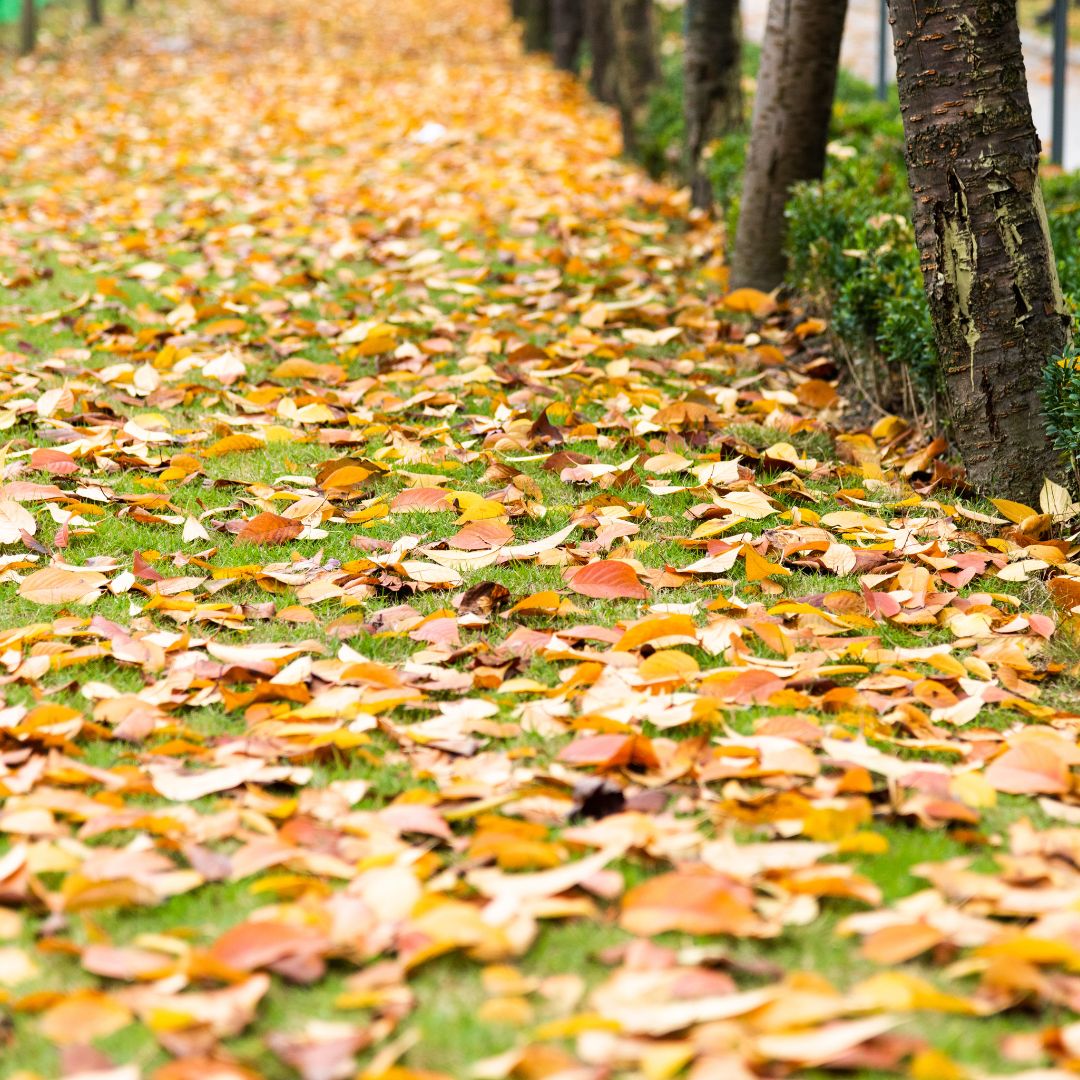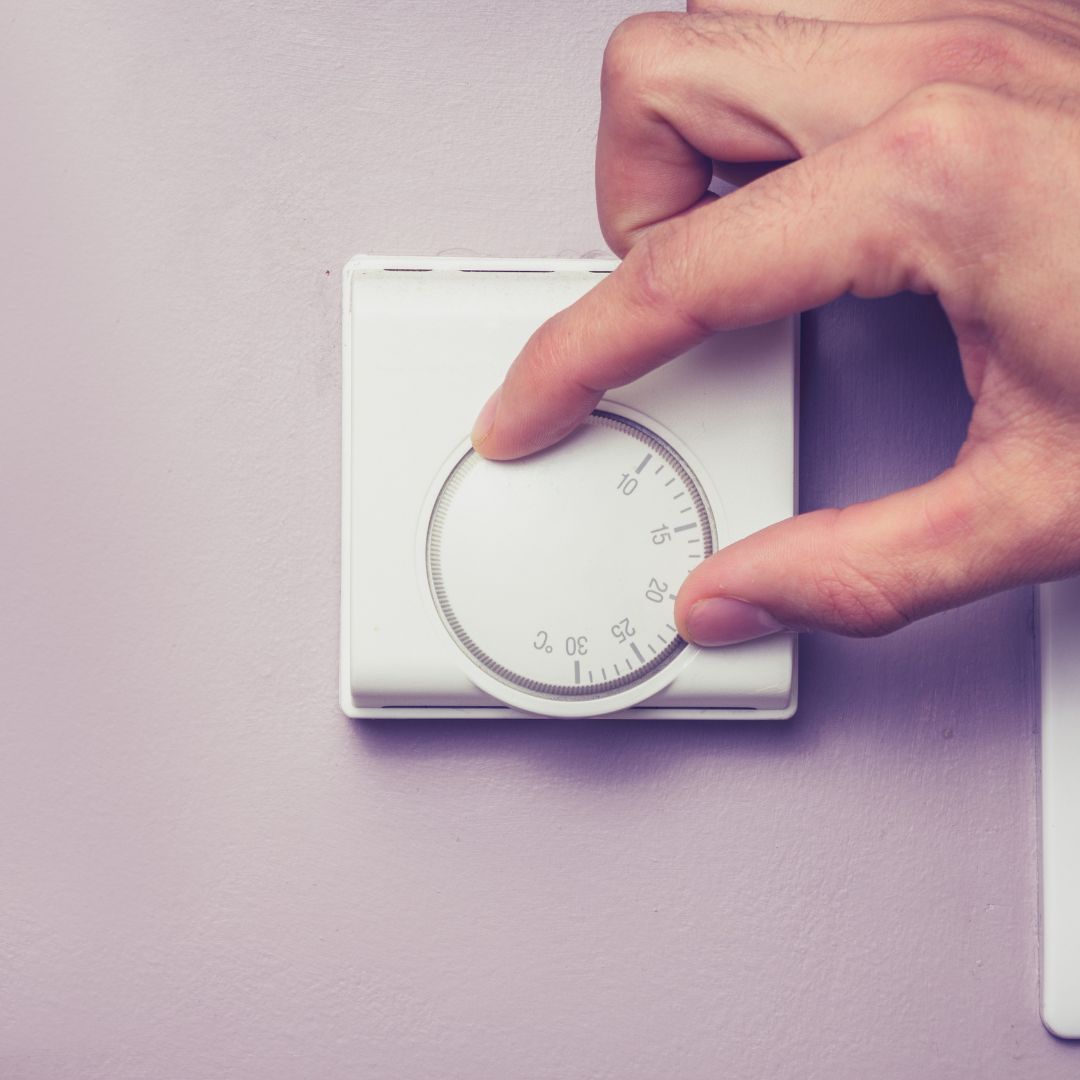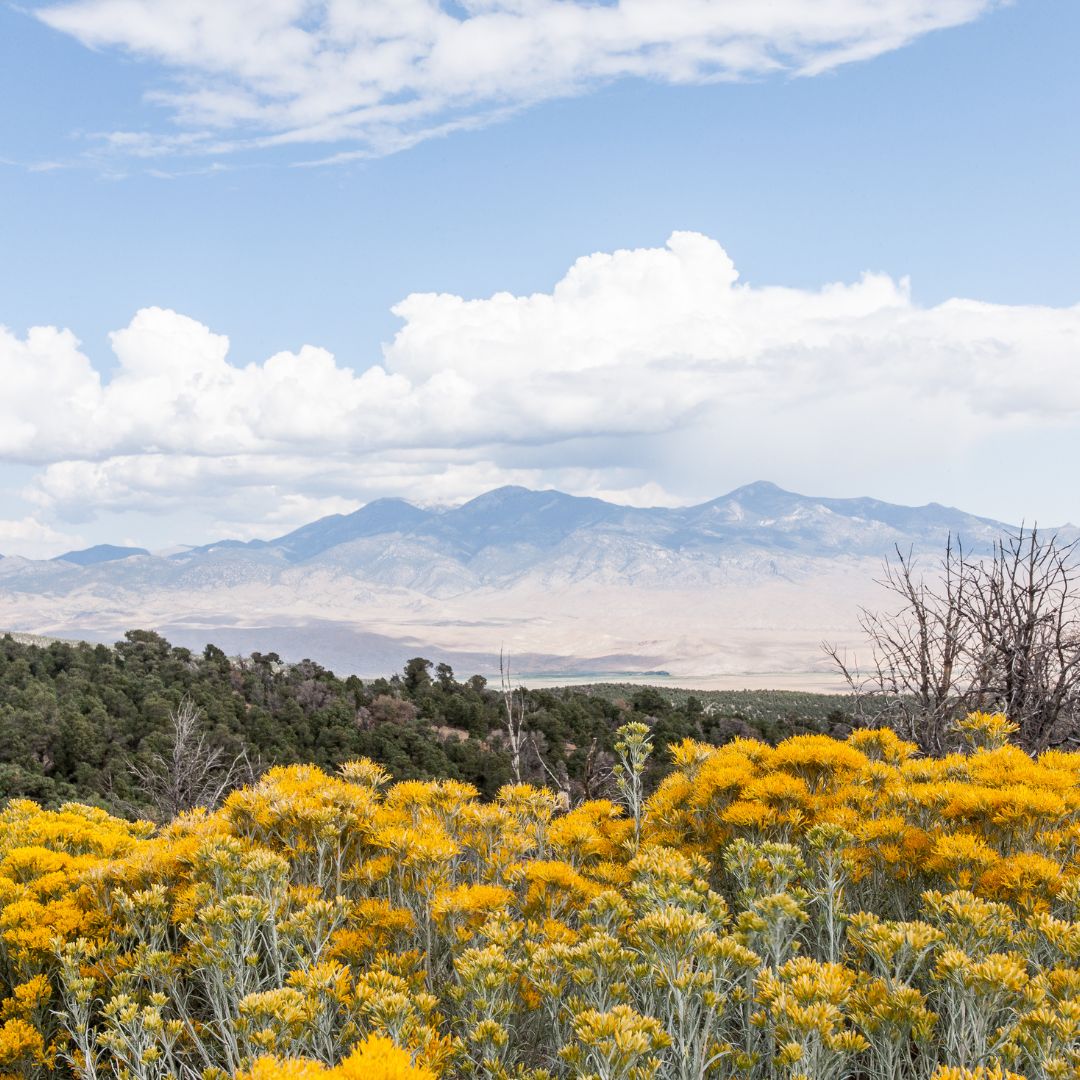Recent Posts
4 Things That Trigger Your Fall Allergies
Posted on
Autumn paints the world in vibrant hues, but for many, it also brings the discomfort of seasonal allergies. As the leaves change, various allergens become more prevalent, causing sniffles and sneezes. Understanding these triggers is the first step to managing them, and with Allergena’s natural allergy relief, you can combat them effectively.

Ragweed Pollen - The Dominant Fall Allergen
When one thinks of fall allergies, ragweed is often at the top of the list. This plant releases pollen from August to November, and a single plant can produce up to a billion grains of pollen in a season. It's a widespread trigger for many experiencing seasonal allergy symptoms.

Mold Spores - Thriving in the Damp
With fall comes dampness, and where there's moisture, mold thrives. Fallen leaves and rotting vegetation create the perfect breeding ground for mold spores. As these spores become airborne, they can become a significant irritant for many.

Dust Mites - Indoor Allergy Aggravators
As temperatures drop, we tend to spend more time indoors. However, with the onset of heating systems firing up, dust mites can become more active. These tiny critters thrive in the warm, cozy environments we create, making them a prominent trigger for indoor fall allergies.

Late-Blooming Plants
While ragweed dominates the fall allergy scene, several other plants release their pollen later in the year. Plants such as goldenrod, lamb’s quarters, and sagebrush can contribute to the overall pollen count, exacerbating symptoms for the allergy-prone.
No one should have to miss out on the beauty of fall due to allergies. With Allergena allergy relief, you can embrace the natural allergy relief solutions tailored to combat these common autumnal triggers. Embrace the season with confidence and clarity. Explore our range of products today to find the perfect match for your fall allergy needs.
 Loading... Please wait...
Loading... Please wait...
